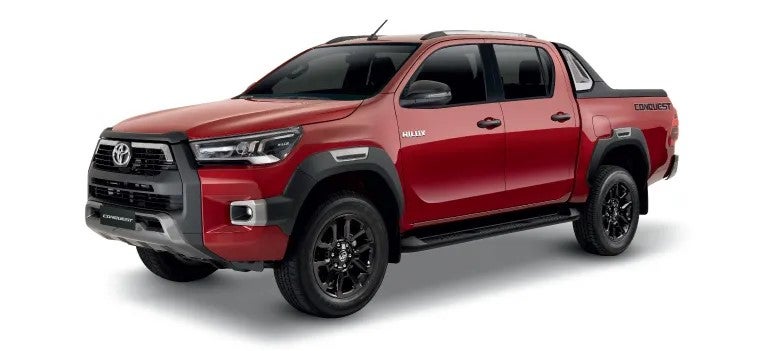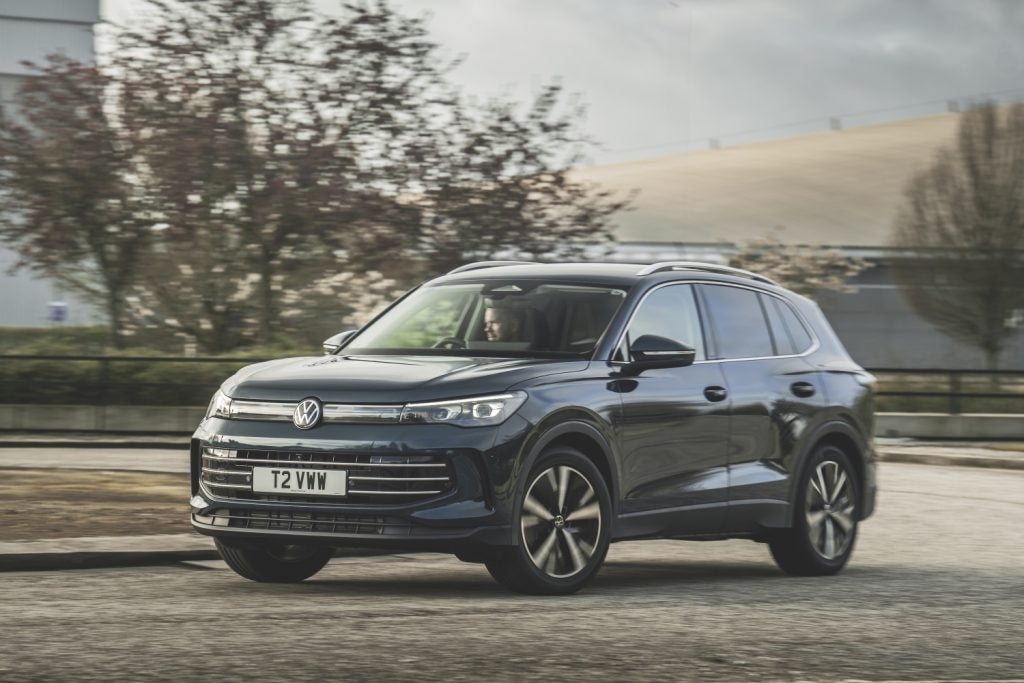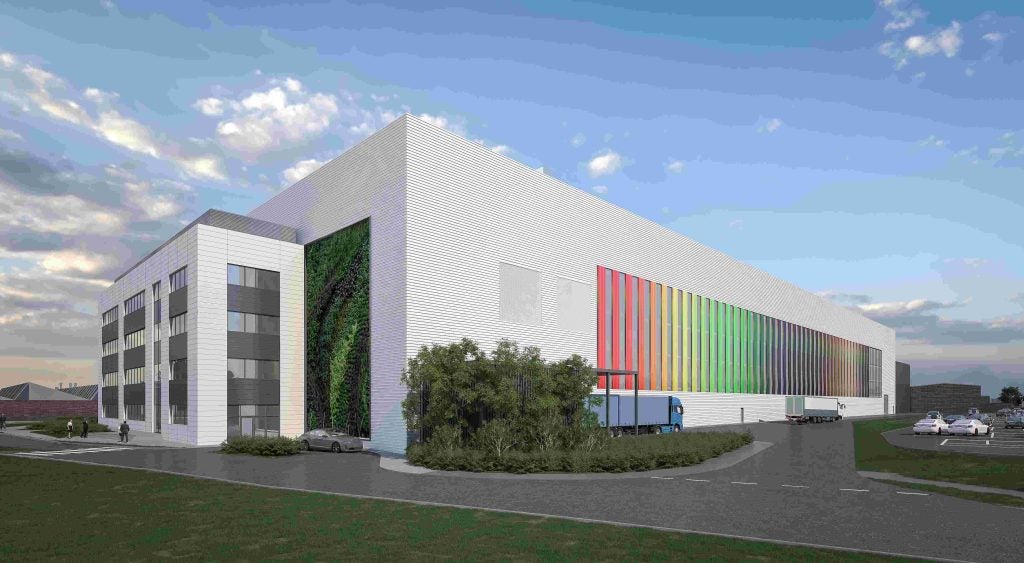
The Peugeot 308 GT is not the only new PSA C segment hatchback to benefit from the group’s latest BlueHDi diesel engine technology. The Citroen C4 has also just been updated, gaining a 98g/km 2.0-litre engine.
The C4’s mid-cycle refresh has been done well. This is no heavy-handed facelift – the stylists have given the five-door hatchback a more contemporary look, and the interior receives a welcome lift courtesy of softer surfaces, lighter colours and greatly improved infotainment systems.
The car supplied for testing was an HDi 150 six-speed manual, which in Plus Pack form, costs GBP21,545. The insurance category is 29D, the Euro NCAP rating is five stars and the BiK rating is 15 percent.
This new 110kW/150hp 1,997cc diesel can certainly deliver some spectacular economy as well as decent performance. The best official figure is 84.3mpg and the worst is still 68.9mpg. The six-speed transmission has quite high gearing but there is so much torque (370Nm) that the tall ratios pose no problem. On a motorway, the C4 comes into its own thanks to the relative silence and lack of stress on the engine. The car has good roadholding too, even if it’s not quite as sharp as a Golf GTD, Focus ST diesel, or 308 GT, though each of these has more power and torque and a sports-tuned chassis.
PSA has ploughed a lot of money into its new HDi engines and this 2.0-litre example shows just how advanced the technology in this has become. Like its rivals, the French firm already has its eye on compliance with the EC’s CO2 target of 95g/km on the weighted average of all new vehicles sold in the EU by 2020.
The BlueHDi engine is fitted with a DPF. This mechanical system is designed to permanently trap all particulates no mater whether the engine is cold or hot or being run at low or high speeds. A ‘regeneration’ phase sees this waste being burned off automatically when sensors decide that this is required. Just as Volkswagen has chosen to do for the new biturbo 2.0 TDI as featured in the latest Passat, the C4’s 2.0-litre engine uses a DPF with additive.
How well do you really know your competitors?
Access the most comprehensive Company Profiles on the market, powered by GlobalData. Save hours of research. Gain competitive edge.

Thank you!
Your download email will arrive shortly
Not ready to buy yet? Download a free sample
We are confident about the unique quality of our Company Profiles. However, we want you to make the most beneficial decision for your business, so we offer a free sample that you can download by submitting the below form
By GlobalDataPSA defines its BlueHDi technology as having the combination of oxidation catalysis, Selective Catalytic Reduction (SCR) and DPF with addictive. All such engines meet Euro 6 emissions norms. These will be applicable to all new vehicles from this coming September, new models introduced since September 2014 also having to have been compliant.
A diesel engine pushes out four kinds of pollutants: particulates, NOx (nitrogen oxides), unburned hydrocarbons (HC) and carbon monoxide (CO). PSA’s system eliminates all four via a three-stage process:
- an oxidation catalytic converter turns the HC and CO into H20 (water) and CO2 (carbon dioxide)
- Selective Catalytic Reduction transforms the NOx into water and N2 (nitrogen), which is the main constituent of air (89%). This is where AdBlue, the addictive created by mixing urea and water comes in
- a claimed 99% of particulates by number are eliminated via the Particulate Emission Filter
AdBlue is stored in a 17 litre tank that can be accessed via the boot. Citroen says the size of this reservoir is enough to last up to 20,000km.
The 150hp BlueHDi engine is one of six engines available in the new C4: two petrols (110hp or 130hp with Stop & Start) and four diesels (100hp, 100hp with S&S, 120 with S&S and 130 with S&S).
The PureTech units (PSA’s name for a new family of three-cylinder petrol powerplants) come in naturally aspirated or turbocharged form. The latter have a high-performance turbo compressor (240,000rpm) and a central high-pressure direct injection system (200bars). Due to the additional stress generated, the engines have the following features:
- aluminium cylinder head reinforced with copper to withstand heavy loads
- aluminium engine block (also used in the naturally aspirated version) is heat-treated and the sleeves are coated with aluminium for better heat removal
- crankshaft is steel (replacing the cast iron used for the naturally aspirated versions)
- valves are hollow and contain sodium to better cool the valve heads
- connecting rods are ultra-high-performance steel (high-yield strength, high mechanical resistance, high fatigue resistance)
- engine is lubricated by a variable flow oil pump, with pressure regulated by the engine control system
The new BlueHDi 100 and the BlueHDi 100 S&S are 1,560cc units. Power is 73kW (99hp) with torque of 254Nm. The 88kW (120hp) version, which is also a 1.6, has a torque output of 300Nm, positioning it in the line-up below the 150PS/370Nm 2.0-litre.
The C4 on its own is not a major seller for Citroen, but as the basis for a range of vehicles, its model name is a big deal. In Britain, if you include the C4 Picasso, the importer managed to sell 23,913 combined vehicles during the first quarter. DS is now broken out as a separate brand but that total even exceeds the sales numbers for Citroen/DS’ best seller, the DS 3.
In France, the C4 on its own does pretty well. Total registrations for April were available at the time of writing (but not for the UK) and these show that 7,875 units of the car were sold in its home market. C4s for European countries are manufactured at the Mulhouse plant.
In China, meanwhile, the C4 L sells fairly well, though with the current shift in buyer preferences to crossovers and SUVs, things have been changing. This long-wheelbase four-door sedan was outsold by the C-Elysee small sedan (24,038 in Q1); C-Quatre, which is the first generation C4 (19,246); and C3-XR crossover (13,105); but still, 10,338 units sold in the first quarter is good going. Curious to know how the C5 did in the same period? Its total was 6,477 cars.
You couldn’t call the updated C4 a class leader but that is more a reflection on how high the standards are in the European C-hatchback segment. The torque of the BlueHDi 2.0-litre makes it the best engine in the line-up and there’s very little in the way of vibration through the pedals or gear lever. The ride defers to soft, which is great, but the handling hasn’t been set up with enthusiast drivers in mind. It’s not bad; it’s just quite a different experience to being in the more overtly sporting Peugeot 308, its similarly sized brother.
This new restyle should be the car’s only update in what is likely to be a seven-year lifecycle. The third generation C4 due around 2017 will use the EMP2 platform. It could well be that the five-door hatchback will evolve into a crossover but that is yet to be confirmed. Last June, PSA announced that EMP2 vehicles would be built at its Mulhouse plant in France but it did not name the models. It seems a fair bet that the C4 successor would be one of them.
The newly updated C4 range has just gone on sale in the UK so should give the Citroen brand something of a lift over the remainder of 2015. It also has begun to reach dealerships at a handy time, as the Vauxhall Astra is now fading due to its age, but the challenge from the Focus and Golf remains extremely strong.







